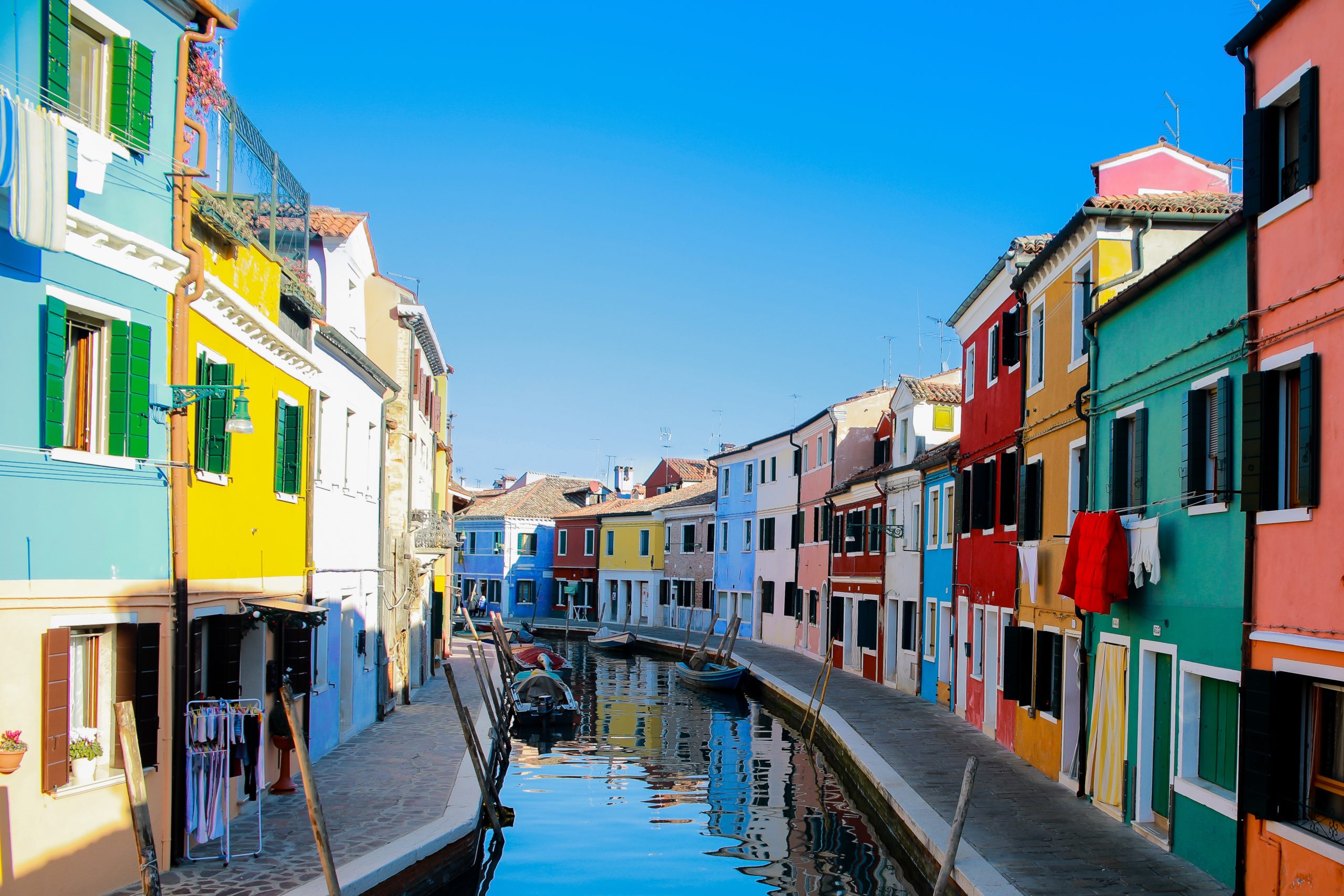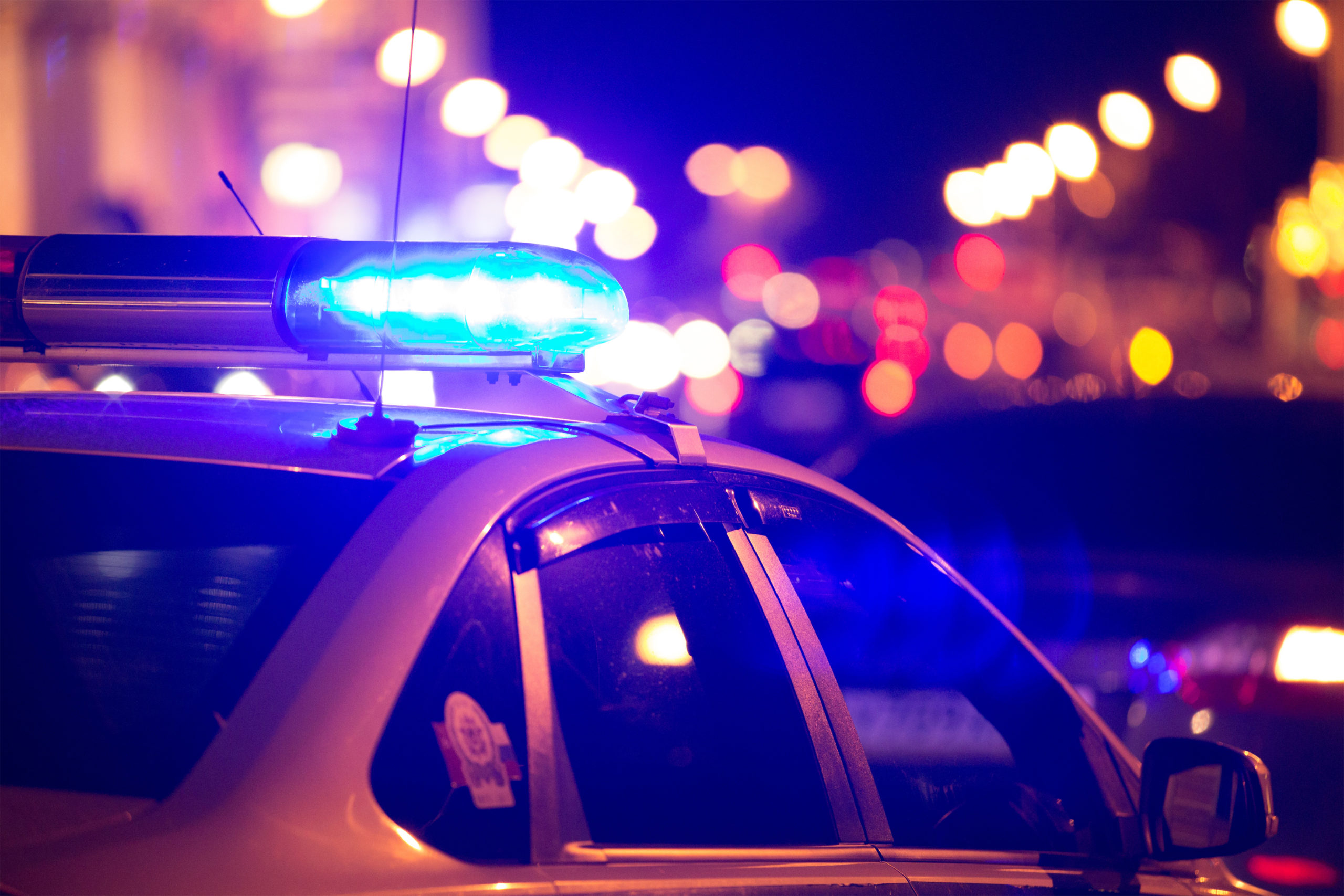11 Solo Travel Tips That Could Save Your Life
Are you traveling solo anytime soon? The bottom line is you have to stay safe and return home. In this article, I share 11 solo travel tips you should know about. Having at least one solo travel tip from the list below could come in handy and maybe save your life.
Solo Travel Tip 1: Get To Your Destination During The Day
I remember when I did a solo trip to New Orleans and unfortunately, I got there at night. When I got there I was scared. Why? Because across the street, there were police cars parked with their lights blaring. I had no idea what I walked into. When I finally checked in, there weren’t many people around. I was scared to go anywhere, even a few doors down to get something to eat because I was unfamiliar with my surroundings. When I woke up the next morning, I felt a lot better. Outside of my hostel didn’t seem scary. It was actually nice, but I didn’t know that because I arrived in the dark.
Things look a lot different during the day than at night. When you get to your destination during the day, you can scope out your surroundings. This will allow you to have an idea of where you are and you can identify key landmarks. You may feel more comfortable exploring. Also, there are people around during the day. If you can avoid it, don’t arrive at night.
Solo Travel Tip 2: You Don’t Have To Share If You Don’t Want To
You’ll meet some people on your trip who are a bit too friendly. They want to know every aspect of your life including your name, where you’re staying when you’re leaving, if you are traveling alone, etc. You have the right to not answer these questions. When you are alone, it is your job to protect yourself. In these cases, if the person does not quit, remove yourself from the situation, make up information, and get around people. If they keep bothering you, don’t be afraid to seek help. Your safety comes first.
Solo Travel Tip 3: Trust Your Gut
If something does not seem right, it’s probably not. Trust your intuition. If something isn’t right, remove yourself from the situation. Ask for help. Go somewhere you feel safe.
Solo Travel Tip 4: Keep Your Family and Friends Updated
While it’s good to take a break from technology when you’re on vacation, it’s wise to still keep trusted family/friends in the loop. When traveling solo, give someone you trust your itinerary and roughly what you think you’ll be doing each day. A quick text to let others know you’re doing okay goes a long way.
Solo Travel Tip 5: When The Sun Goes Down, I Go In
There’s a saying that nothing ever good happens after midnight. Even though the nightlife is exciting, when it gets to the point in the night where there are few people around, I usually go back to my hotel. If I’m in a group, it’s different. But, when I’m traveling solo, I don’t take any unnecessary risks.
Solo Travel Tip 6: Don’t Put Your Life in Danger Over Money
I’m all for saving money, but money is not worth your life. If it’s late…if there are no people around… if you are in an unknown area or “sketchy” part of town, even during the day, take a taxi or rideshare.
Solo Travel Tip 7: Get Advice From Locals
The locals know their home. Not only can they advise you of off-the-beaten-track activities not found online, they know where to go and where not to go. Their suggestions can keep you safe. Don’t be afraid to ask. You can ask the concierge, the front-desk attendants in your hotel/hostel, restaurant staff, etc. If you are traveling long term and working overseas, you can ask your roommates, neighbors, or people you work with.
Solo Travel Tip 8: Look After Your Drinks
If you are out at a bar, keep an eye on your drink. Someone could slip something into your drink if you aren’t paying attention. If you leave your drink, do not come back and drink it. Just order a new one. And since you’re traveling solo and not with trusted family and friends, trust no-one. Not even the people you just befriended.
Solo Travel Tip 9: Know Emergency Numbers & Register For STEP
If you’re overseas, know the local emergency numbers. Also, have programmed in your phone the nearest U.S. Embassy or Consulate’s number.
Before you go, register for the U.S. State Department’s Smart Traveler Enrollment Program. This program allows U.S. citizens to receive information from the Embassy about conditions in their host country. This program also allows the U.S. Embassy to contact you in case of an emergency and helps family and friends to get in touch with you in emergency situations.
Solo Travel Tip 10: Check The State Department’s Travel Advisories List
Before you travel, be sure to check out the State Department’s Travel Advisories list. This list tells you about conditions at your intended destination. The State Department groups countries into four categories: Exercise Normal Precautions, Exercise Increased Precautions, Reconsider Travel, and Do Not Travel. For more information about conditions in the country you’re interested in, check out the travel advisories list, here.
Solo Travel Tip 11: Carry or Rent A Lock
When you leave your hostel or hotel (your hotel might have a safe), be sure to lock your items.
In Case You’ve Missed It, Check Out
How To Pack A CarryOn For A 1-2 Week Trip
How To Get Used To The Idea Of Travel
How To Stay Healthy Abroad
How I Landed A Job In International Affairs
Hey Ms. Traveler On YouTube
Hey Ms. Traveler’s FREE Travel E-Course


